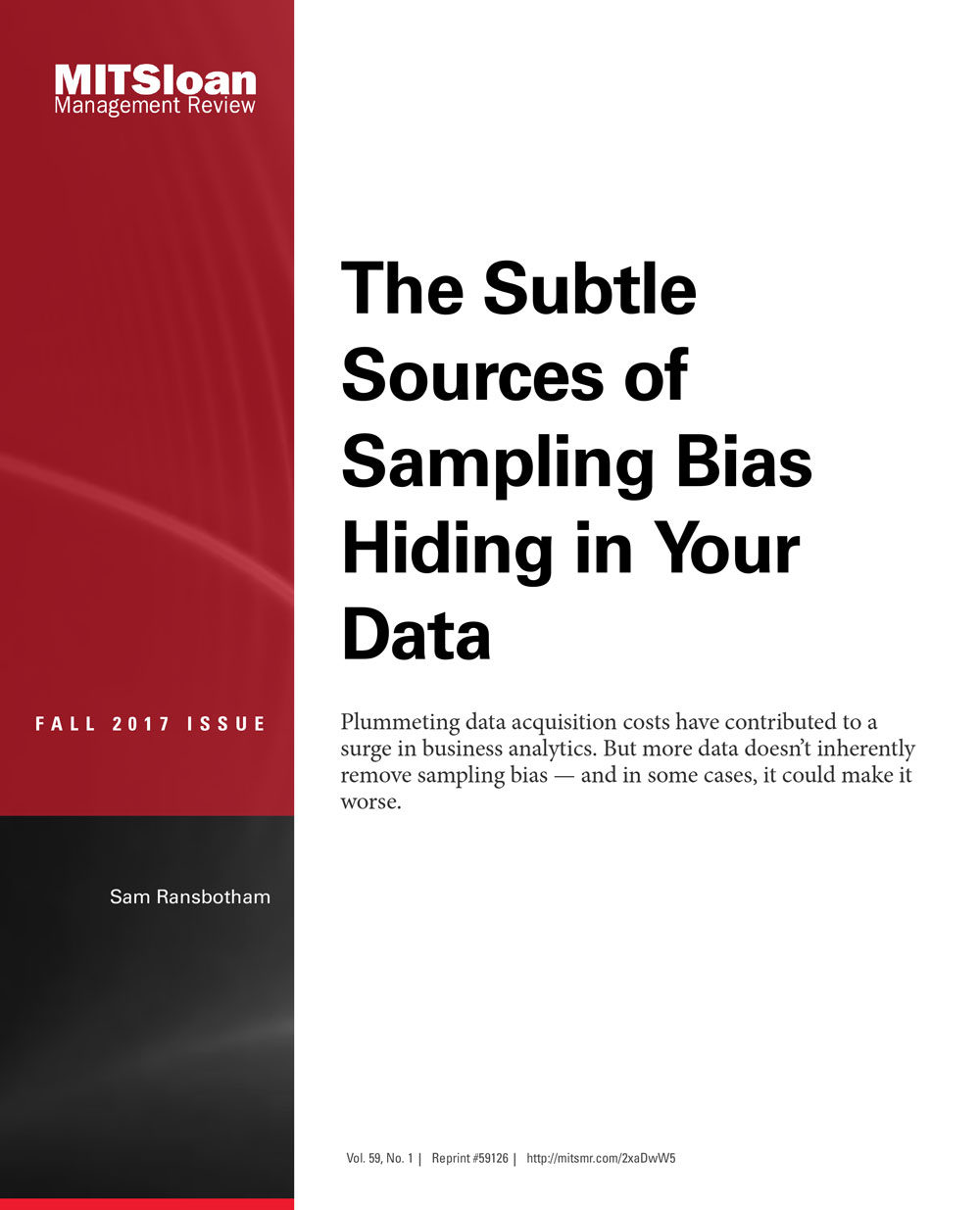What is coding?
There are many different theoretical approaches to qualitative data analysis (QDA). Here are a few of them, along with recommended readings to learn more about what these approaches are and how to implement them in your research.
1. Thematic Analysis: researcher(s) interpret data to identify themes. Codes are developed to represent the themes, allowing researchers to examine the relationships between the various codes (along with their frequency and co-occurrence), from which they can develop an in-depth thematic understanding of the data. Theories about the data are based on the data.
See:
2 Grounded Theory:
See: Charmaz, K., & Thornberg, R. (2021). The pursuit of quality in grounded theory. Qualitative Research in Psychology, 18(3), 305–327.
Databases for Learning Data Methods
 Python for data analysis : data wrangling with Pandas, NumPy, and Jupyter
by
Wes McKinney
Get the definitive handbook for manipulating, processing, cleaning, and crunching datasets in Python. Updated for Python 3.10 and pandas 1.4, the third edition of this hands-on guide is packed with practical case studies that show you how to solve a broad set of data analysis problems effectively. You'll learn the latest versions of pandas, NumPy, and Jupyter in the process.
Python for data analysis : data wrangling with Pandas, NumPy, and Jupyter
by
Wes McKinney
Get the definitive handbook for manipulating, processing, cleaning, and crunching datasets in Python. Updated for Python 3.10 and pandas 1.4, the third edition of this hands-on guide is packed with practical case studies that show you how to solve a broad set of data analysis problems effectively. You'll learn the latest versions of pandas, NumPy, and Jupyter in the process.
 The Subtle Sources of Sampling Bias Hiding in Your Data
by
Sam Ransbotham
Plummeting data acquisition costs have been a big part of the surge in business analytics. We have much richer samples of data to use for insight. But more data doesn't inherently remove sampling bias; in fact, it may make it worse.
The Subtle Sources of Sampling Bias Hiding in Your Data
by
Sam Ransbotham
Plummeting data acquisition costs have been a big part of the surge in business analytics. We have much richer samples of data to use for insight. But more data doesn't inherently remove sampling bias; in fact, it may make it worse.
